She is one of the greatest prima ballerinas to have graced not only the Russian stage but also the world’s. And she didn’t even fit the ballerina’s physical standards of the time with her thin ankles and long limbs. She had to add a wooden stick in her pointe shoe so that she could dance on her highly arched feet.
Pavlova’s devotion and unquenchable passion for ballet beat the imposed standards of performance and figure that were as strict as physical laws in the Russian academies. And her love for the art was her love for life–when diagnosed with pneumonia, she had to choose whether she would take time for an operation and to heal or go on to perform, a decision that led to her death.
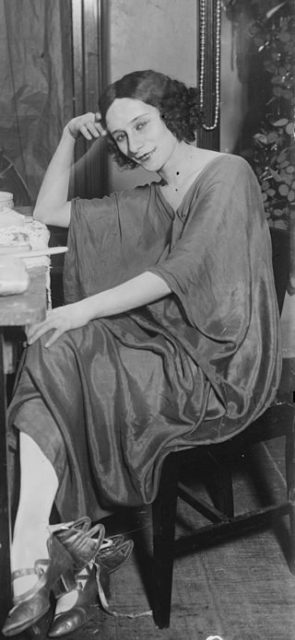
Anna Pavlova was born in 1881 in Saint Petersburg, the Russian cradle of the arts. She was a little girl when her mother took her to the Imperial Mariinsky Theater to see the performance of The Sleeping Beauty in its original production with Marius Petipa. The performance itself was a lavish spectacle, and the girl left the theater utterly enchanted, in love with the art of ballet, a spell that was expressed in every segment of her life until the last day.
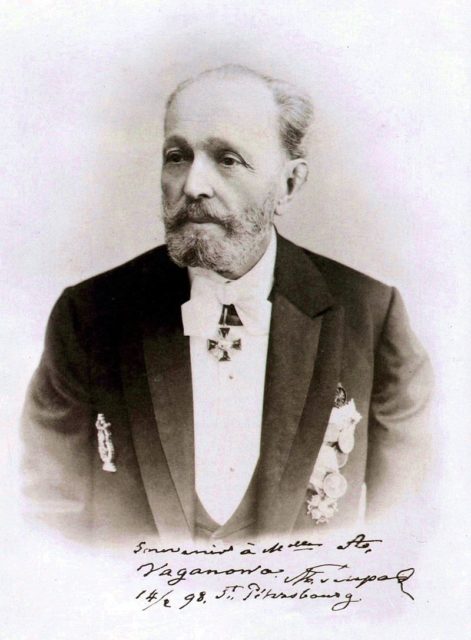
The first time she auditioned for the Imperial Ballet School, Anna was nine years old. She was rejected due to her appearance, which was considered “sickly” and because of her youth, however, she was accepted in the following year. Her first appearance on stage was in Un conte de fées (A Fairly Tale), staged by Petipa for his students at the school. Hers is not a fairy tale story that goes along the lines of “she was talented and amazed the audience with her performance,” but rather, Anna Pavlova had a hard time in all her years of training. And yet she persisted.
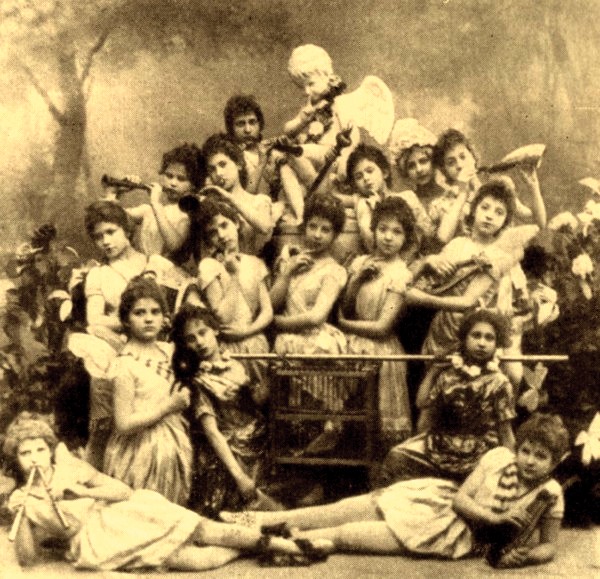
While still a student, Pavlova was always made fun of by the other students who gave her nicknames such as “La petite sauvage” (The little savage) and “The broom.” But nothing could deter Pavlova from becoming a ballerina. The girl practiced and practiced every single step learned. She even took extra classes from some of the most prominent teachers of the day: Pavel Gerdt, the Premier Danseur Noble of the Imperial Ballet, the Bolshoi Kamenny Theatre, and the Mariinsky Theatre; Christian Johansson, coaching balletmaster for the Russian Imperial Ballet; Nikolai Legat, dancer with the Russian Imperial Ballet and the Mariinsky Ballet, and from Enrico Cecchetti, at the time considered the greatest ballet virtuoso, and today known for his still used Cecchetti method.
Whatever there was to be learned, Pavlova learned it. Whoever there was to give something regarding ballet dancing, Pavlova took it. In 1898, she enrolled the classe de perfection and became a pupil of the former prima ballerina and instructor Ekaterina Vazem. All of the hard work, relentless exercising, and classes paid off for Pavlova.
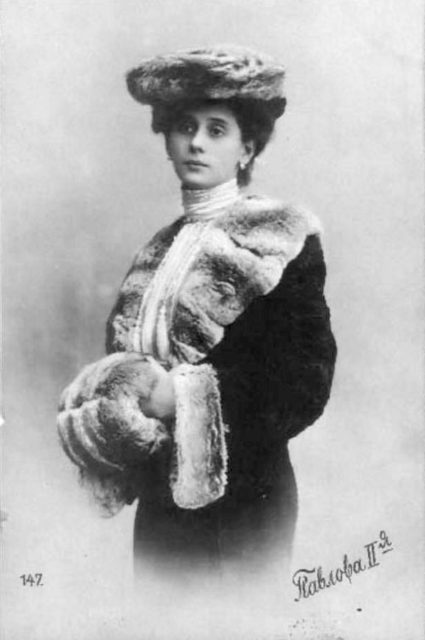
But still, her trajectory wasn’t as successful as one can imagine. When she was in her final year at the Imperial Ballet School, Pavlova performed many roles with the principal company. She graduated when she was 18 and entered the Imperial Ballet as a coryphée. Her first official debut at the Mariinsky Theatre was in Les Dryades prétendues (The False Dryads) by Pavel Gerdt, and her performance gained her fame as it was praised by many critics, in particular by the historian and critic Nikolai Bezobrazov.
At the time when the strict academicism of Petipa was at its height, Pavlova won the sympathies of the audience with her style, which opposed many academic rules. She had a bad turnout; she was too energetic, which caused her to make many mistakes; she danced with bent knees; her tours were placed incorrectly; she had misplaced port de bras. But what the audience couldn’t resist was her enthusiasm and passion on stage.
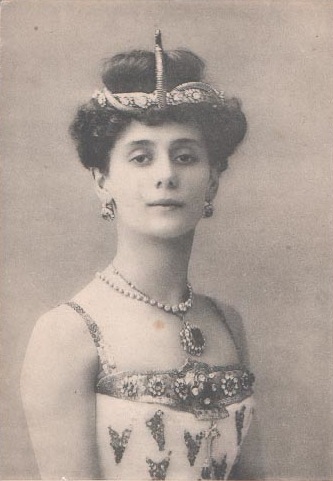
She became Petipa’s favorite, and he personally taught her the title role in Paquita, Giselle, Queen Nisia in Le Roi Candaule, and Princess Aspicia in The Pharaoh’s Daughter. She quickly rose through the ranks. In 1902 she became danseuse; three years later, première danseuse; and just a year later, in 1906 Pavlova was named prima ballerina. Not only was it that Petipa was revising many grand pas for her, but she was also adored by fanatical balletomanes and had many fans, who called themselves the Pavlovatzi.
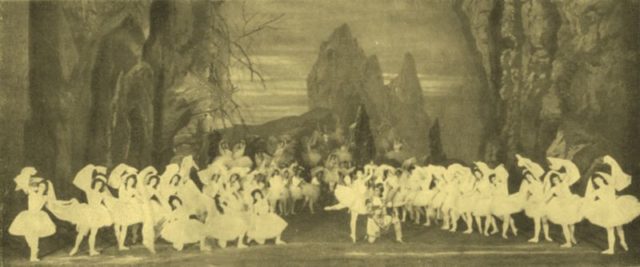
In 1901, Pavlova was coached by the ballerina Mathilde Kschessinska to take over her role of Nikya in La Bayadère, because she was pregnant. Kschessinska was unhappy with handing down the role and was convinced that Pavlova wouldn’t succeed because of her technical inferiority. On the contrary, the audience found Pavlova to be a perfect match, especially in “The Kingdom of the Shades” scene.
Her most famous role was in The Dying Swan, which was solo choreographed for Pavlova by the Russian choreographer and dancer Mikhail Fokine. When Ballets Russes was created in Paris in 1909, Pavlova worked with the company’s founder, Sergei Diaghilev, Russian art critic and ballet impresario. During this time, the lead role in The Firebird by Mikhail Fokine was intended for her, but due to misunderstandings with Igor Stravinsky and his avant-garde score, Pavlova refused the role and it was given to her rival, the Russian prima ballerina Tamara Karsavina.
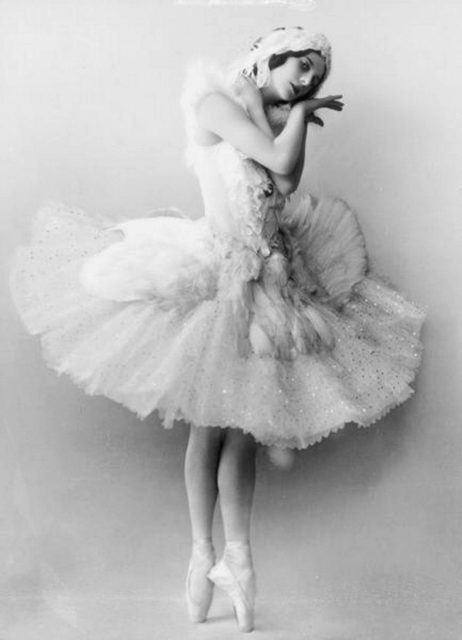
In 1912, the favorite Russian ballerina left her home country and settled in England, at the Ivy House, north of Hampstead Heath in London, and she lived there until her death. She had an ornamental lake in the backyard of her house where she kept her pet swans. Today, there is a statue of Pavlova created by the Scottish sculptor George Henry Paulin.
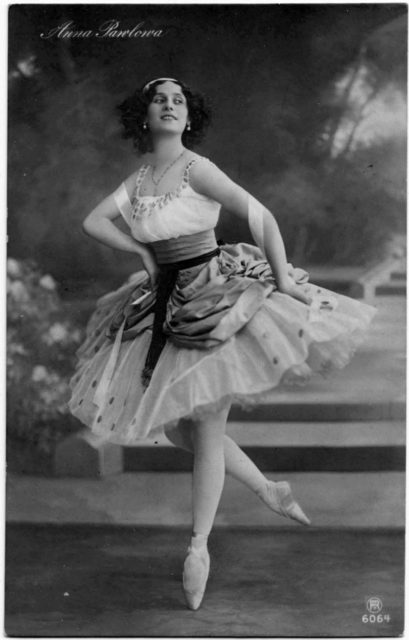
After she moved to England, Pavlova influenced British ballet and its development. She had a great influence on the career of Alicia Markova, the first British ballerina to become the principal dancer of a ballet company.
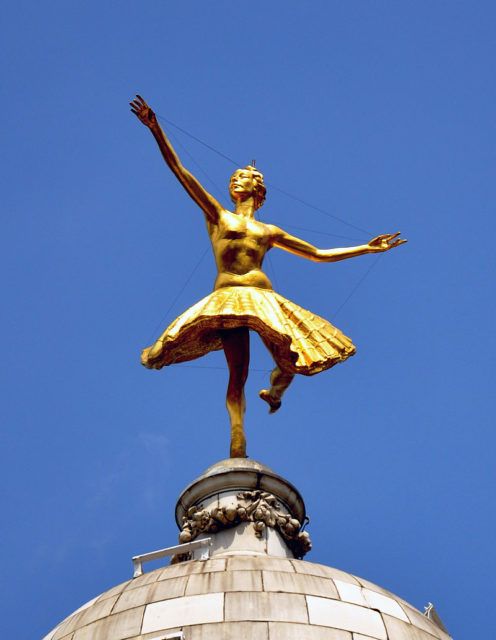
Around 1914, Pavlova established her own company and toured the world, performing a repertory consisting mostly of Petipa’s works, including many of the pieces that were choreographed especially for her. Later she started performing “ethnic” dances that she learned from local teachers in the places where she traveled and performed. She performed East Indian, Japanese, and Mexican dances.
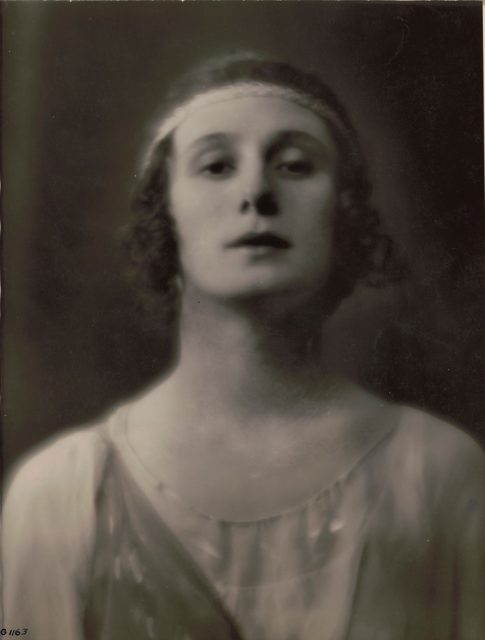
She was married to her manager and companion Victor Dandré, who in 1932 published a biography of the dancer, Anna Pavlova: In Art & Life, and after his death, his ashes were placed below those of Pavlova. He described her as a great animal lover who kept many animals in her home such as dogs, a Siamese cat, and various birds among which of course, her favorite, swans.
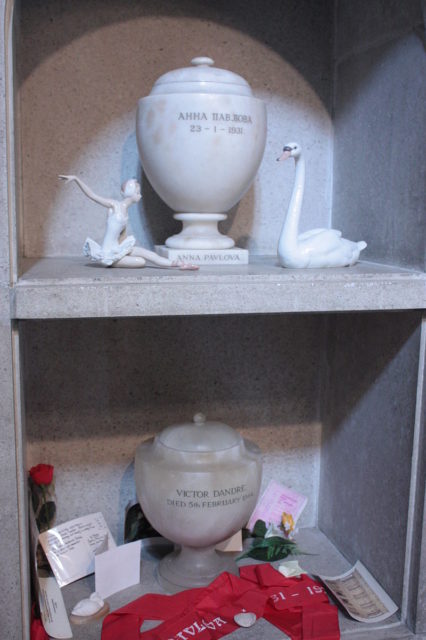
In early 1931, Pavlova was touring in The Hague and was diagnosed with pneumonia. Doctors told her that in order to survive the illness she would have to have an operation and that she would probably not be able to dance again.
Read another story from us: The history of the Tutu – the ballerina’s signature outfit
Refusing the doctors’ advice, Pavlova said: “If I can’t dance then I’d rather be dead.” She died on the 23rd of January, 1931, in the Hotel Des Indes in the Hague, only three weeks before her 50th birthday. And her last words? “Get my Swan costume ready.”
